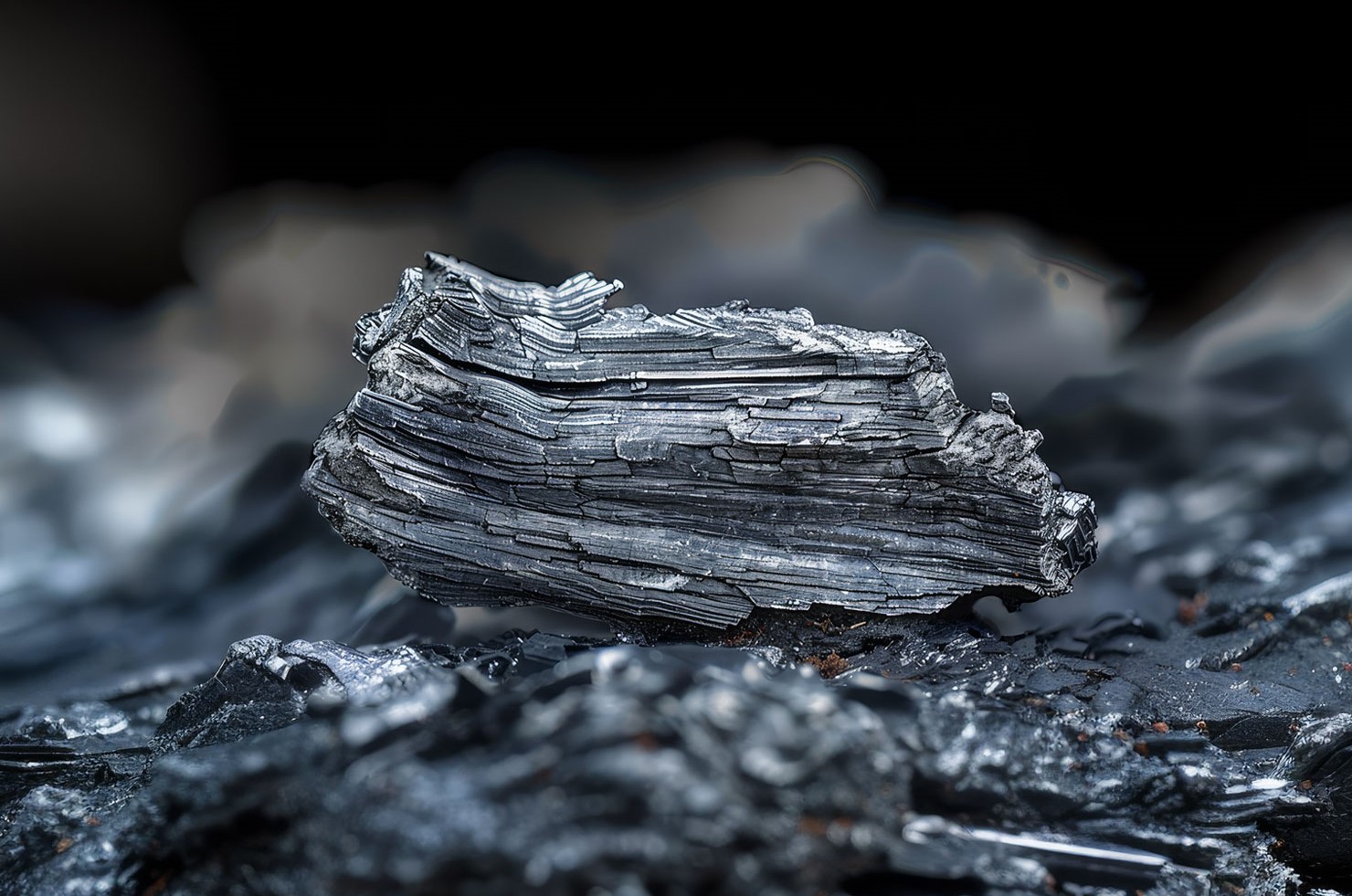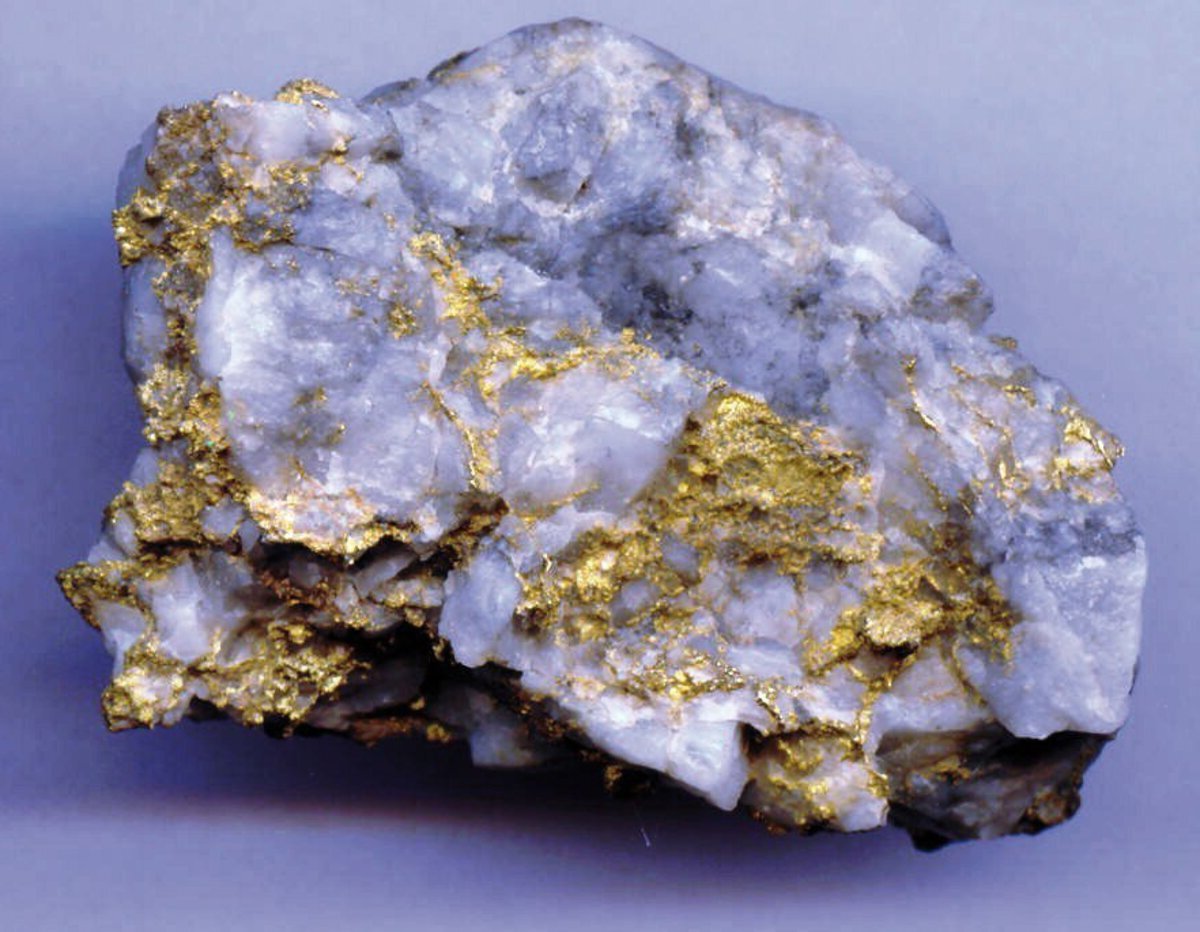
Holmium might not be a household name, but this rare earth element packs a punch in the world of science and technology. Found in the lanthanide series of the periodic table, holmium boasts unique properties that make it invaluable in various applications. From its role in nuclear reactors to its use in creating powerful magnets, holmium's versatility is impressive. Did you know that holmium has the highest magnetic strength of any element? Holmium is also used in medical lasers for precise surgical procedures. Whether you're a science enthusiast or just curious, these 50 facts about holmium will surely spark your interest!
Key Takeaways:
- Holmium, a rare earth element, has unique properties and applications, from medical lasers to magnetic refrigeration. Its isotopes are used in cancer treatment and scientific research, promising exciting future developments.
- Holmium, named after Stockholm, is highly magnetic and used in glass coloring, aerospace alloys, and medical devices. Its potential in quantum computing and renewable energy technologies makes it a subject of scientific interest and exploration.
What is Holmium?
Holmium is a rare earth element with the symbol Ho and atomic number 67. It belongs to the lanthanide series on the periodic table. This silvery-white metal is known for its unique properties and various applications.
- Holmium was discovered by Swedish chemist Per Teodor Cleve in 1878.
- The element is named after Stockholm, the capital of Sweden.
- Holmium is not found free in nature but is extracted from minerals like monazite and gadolinite.
- It has a melting point of 1,474 degrees Celsius (2,685 degrees Fahrenheit).
- Holmium has a boiling point of 2,700 degrees Celsius (4,892 degrees Fahrenheit).
Physical Properties of Holmium
Holmium's physical characteristics make it stand out among the rare earth elements. Its unique properties are utilized in various scientific and industrial applications.
- Holmium is a relatively soft and malleable metal.
- It has a density of 8.79 grams per cubic centimeter.
- The metal is highly magnetic, with one of the highest magnetic moments of any element.
- Holmium is silvery-white and tarnishes slowly when exposed to air.
- It is paramagnetic at room temperature but becomes ferromagnetic below 19 K (-254 degrees Celsius).
Chemical Properties of Holmium
Holmium's chemical behavior is typical of the lanthanides, but it has some unique reactions and compounds.
- Holmium reacts slowly with oxygen to form holmium oxide (Ho2O3).
- It dissolves in acids, releasing hydrogen gas.
- Holmium forms trivalent ions (Ho3+) in its compounds.
- The element can form various halides, such as holmium chloride (HoCl3) and holmium fluoride (HoF3).
- Holmium oxide is used as a yellow or red coloring agent in glass and ceramics.
Uses of Holmium
Holmium's unique properties make it valuable in several specialized applications, from medical treatments to scientific research.
- Holmium is used in solid-state lasers for medical and dental procedures.
- It is employed in nuclear reactors as a burnable poison to control the fission process.
- Holmium-doped yttrium iron garnet (YIG) is used in microwave equipment.
- The element is used in the production of high-strength magnets.
- Holmium isotopes are used in cancer treatment for targeted radiotherapy.
Holmium in Science and Technology
Holmium's role in scientific research and technology continues to expand as new applications are discovered.
- Holmium is used in optical fibers for telecommunications.
- It serves as a calibration standard for optical spectrophotometers.
- Holmium-doped lasers are used in eye surgery to treat glaucoma.
- The element is used in magnetic resonance imaging (MRI) contrast agents.
- Holmium is studied for its potential use in quantum computing.
Holmium in Nature
Although not abundant, holmium can be found in various minerals and geological formations.
- Holmium is primarily extracted from monazite sand, which contains about 0.05% holmium.
- It is also found in minerals like bastnäsite and xenotime.
- The element is often associated with other rare earth elements in nature.
- Holmium is not considered toxic, but its compounds should be handled with care.
- The global production of holmium is relatively low compared to other rare earth elements.
Interesting Facts About Holmium
Holmium has some fascinating aspects that make it a subject of interest for scientists and enthusiasts alike.
- Holmium has the highest magnetic strength of any element.
- It is used in the creation of the strongest artificially generated magnetic fields.
- Holmium's magnetic properties are utilized in magnetic refrigeration technology.
- The element's name, derived from Stockholm, reflects its Swedish origins.
- Holmium is one of the least abundant rare earth elements in the Earth's crust.
Holmium in Everyday Life
While not commonly encountered, holmium has some surprising applications that impact daily life.
- Holmium is used in the manufacturing of certain types of glass and ceramics.
- It is employed in the production of special alloys for aerospace applications.
- Holmium lasers are used in medical devices for precise surgical procedures.
- The element is used in some types of electronic devices and sensors.
- Holmium's unique properties make it valuable in scientific research and development.
Holmium Isotopes
Holmium has several isotopes, each with unique properties and applications.
- The most stable isotope of holmium is holmium-165.
- Holmium-166 is used in medical applications for cancer treatment.
- Holmium-163 is studied for its potential use in neutrino detection experiments.
- Holmium isotopes are used in various scientific research projects.
- The element's isotopes have half-lives ranging from milliseconds to thousands of years.
Holmium in the Future
As technology advances, holmium's potential applications continue to grow, promising exciting developments.
- Holmium is being researched for its potential use in advanced magnetic storage devices.
- The element's unique properties make it a candidate for new types of sensors and detectors.
- Holmium's role in quantum computing is an area of active research.
- The element's magnetic properties are being explored for use in new types of medical imaging techniques.
- Holmium's potential applications in renewable energy technologies are being investigated.
Holmium's Hidden Wonders
Holmium, though not a household name, packs a punch in the world of science and industry. This rare earth element, with its unique magnetic properties, plays a crucial role in medical lasers, nuclear reactors, and even data storage. Its high neutron absorption makes it invaluable for nuclear control rods, ensuring safety in reactors. Beyond its practical uses, holmium's bright spectral lines help calibrate optical spectrometers, aiding researchers in their quest for precision.
Despite its rarity, holmium's impact is significant. From improving medical procedures to enhancing technology, this element proves that even the lesser-known members of the periodic table can have a big influence. Next time you think about the elements that shape our world, give a nod to holmium. It might not be flashy, but its contributions are undeniably important.
Frequently Asked Questions
Was this page helpful?
Our commitment to delivering trustworthy and engaging content is at the heart of what we do. Each fact on our site is contributed by real users like you, bringing a wealth of diverse insights and information. To ensure the highest standards of accuracy and reliability, our dedicated editors meticulously review each submission. This process guarantees that the facts we share are not only fascinating but also credible. Trust in our commitment to quality and authenticity as you explore and learn with us.


